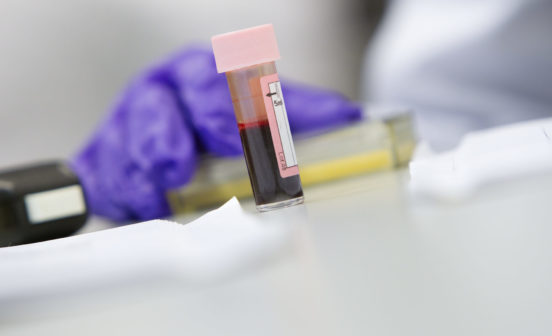Diagnostic The use of metabolic phenotyping to add value to genomic information
We have recently shown that metabolic phenotyping can be used to provide detailed mechanistic information relating to rare genetic disorders. This research was performed in collaboration with the UCL Renal group. In renal Fanconi’s syndrome, dysfunction in proximal tubular cells leads to renal losses of water, electrolytes and low-molecular-weight nutrients. For most types of isolated Fanconi’s syndrome, the genetic cause and underlying defect remain unknown.
We clinically and genetically characterized members of a five-generation family with isolated autosomal dominant Fanconi’s syndrome of a previously undescribed nature. We performed genome-wide linkage analysis, gene sequencing, biochemical and cell-biologic investigations of renal proximal tubular cells, preclinical studies and functional evaluations of mitochondria.
Urine was studied with the use of proton NMR spectroscopy. The phenotype of this family’s Fanconi’s syndrome to a single locus on chromosome 3q27, where a heterozygous missense mutation in EHHADH segregated with the disease. The p.E3Kmutation created a new mitochondrial targeting motif in the N-terminal portion of EHHADH, an enzyme that is involved in peroxisomal oxidation of fatty acids and is expressed in the proximal tubule. Immunocytofluorescence studies showed mistargeting of the mutant EHHADH to mitochondria. Mistargeting of peroxisomal EHHADH disrupts mitochondrial metabolism and leads to renal Fanconi’s syndrome; this indicates a central role of mitochondria in proximal tubular function.
This work emphasizes the use of phenomics technologies to provide a physiological framework for interpreting the genetic abnormalities and to provide detailed mechanistic information that is not forthcoming from genetics alone.


